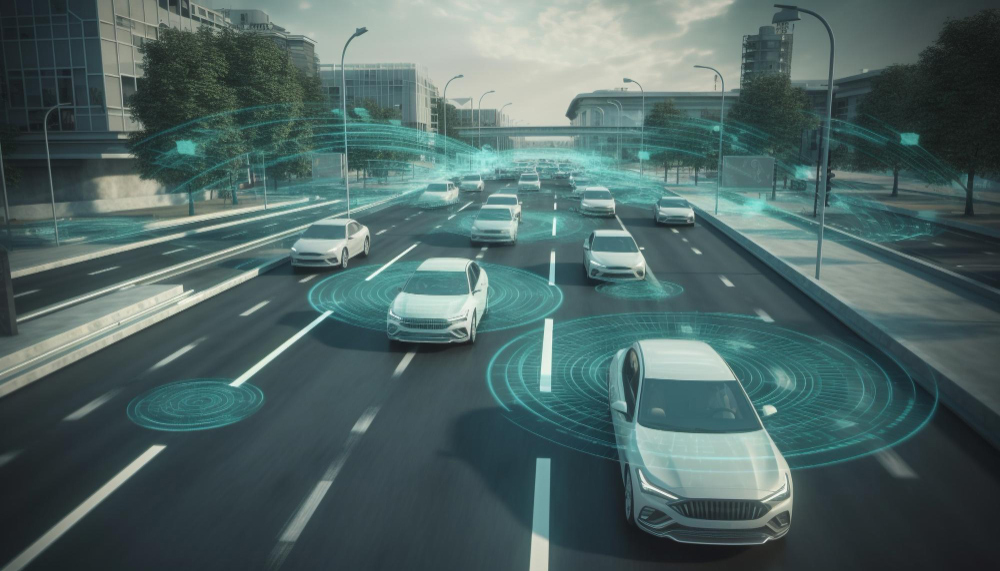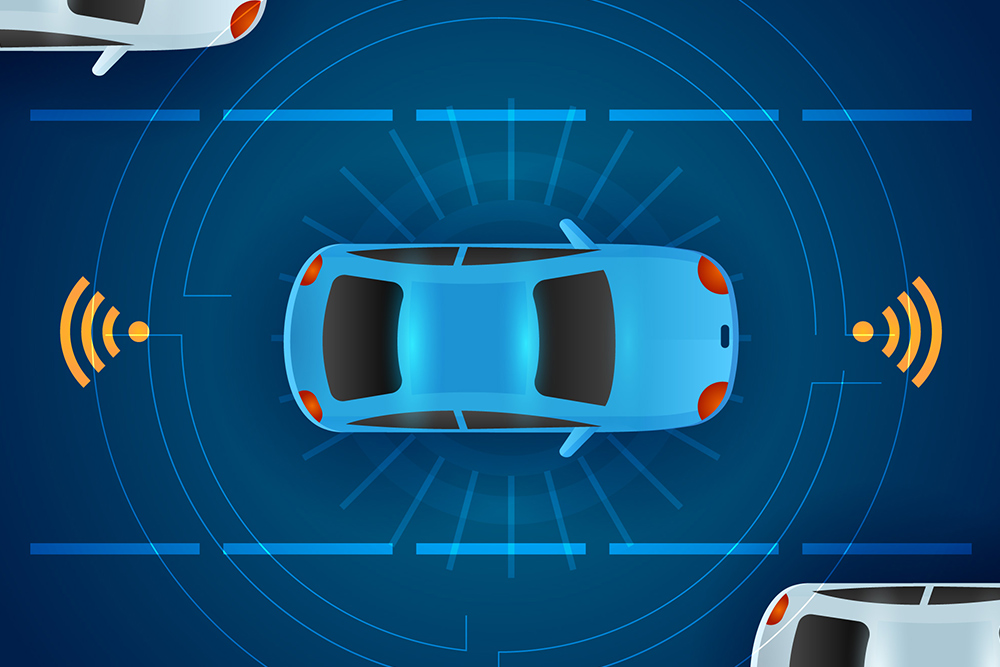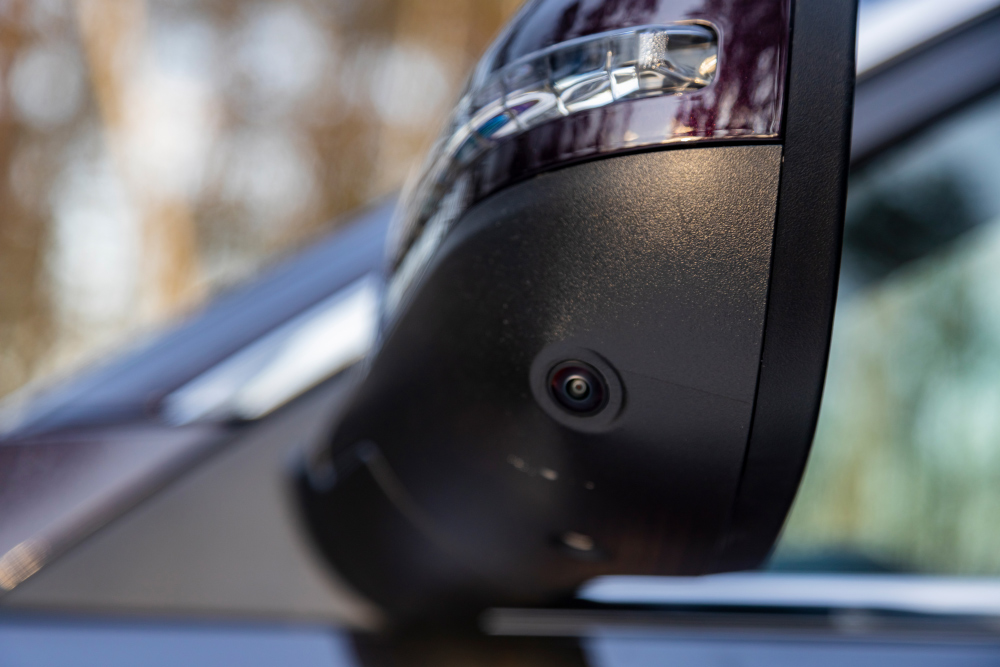Hey there, fellow drivers! Have you ever been cruising down the highway, changing lanes with confidence, only to realize that there might be a sneaky car hiding in your blind spot? It’s a heart-pounding moment we’ve all experienced at some point. But fear not, because today, we’re diving into the world of Blind Spot Monitors (BSM) to ensure you never have to worry about those hidden threats again.
Your vehicle’s Blind Spot Monitor is like your trusty sidekick on the road, always looking out for potential danger lurking just out of sight. It’s a game-changer when it comes to enhancing your driving confidence and optimizing safety. So, let’s get started by unlocking the secrets of this incredible feature that could be sitting right there on your dashboard.

Imagine having a superpower that alerts you to vehicles sneaking around in your blind spot, ones you might miss in your side-view mirrors. That’s exactly what the Blind Spot Monitor does, and it’s a feature worth getting to know. If your vehicle is equipped with this awesome tech, you’ll find a little BSM button waiting for you on the dashboard, usually to the left of the steering wheel.
Here’s the deal: press that button, and watch the magic happen. The Blind Spot Monitor will illuminate, a friendly chime will sound (beeping), and indicator lights in your outside mirrors will light up for a few seconds as part of its initial system check. It’s like your car’s way of saying, “I’ve got your back, buddy!” But hold on, there’s more to this story.
The Illuminating Dance of the BSM Lights
Now, let’s talk about the dance of lights that your Blind Spot Monitor performs. While you’re out on the road, if a vehicle sneaks into your blind spot, the indicator in the side-view mirror on the corresponding side will illuminate. It’s a simple yet effective way of letting you know that something’s lurking where you can’t see.
But here’s where it gets even more fascinating. If you decide to use your turn signal while the Blind Spot Monitor light is on, things start to get flashy – quite literally. The indicator in the side-view mirror will begin to flash, like a warning sign saying, “Hold on, there’s something in your blind spot, buddy!”

This feature alone can be a game-changer for safe lane changes and reducing those heart-stopping moments when you nearly miss a vehicle hiding in your blind spot. So, the next time you’re on the highway and think about changing lanes, rest assured that your Blind Spot Monitor has got your back, and it’s ready to light up the way to safer driving.
The Guardian of Your Reverse Adventures – Rear Cross-Traffic Alert (RCTA)
Now that we’ve got our Blind Spot Monitor superhero by our side, it’s time to introduce you to its trusty sidekick, Rear Cross-Traffic Alert (RCTA). Just like any great duo, these two work hand-in-hand to make your driving experience safer and smoother.
Picture this scenario: you’re backing out of a parking spot, focusing on not hitting the cars on either side of you, and suddenly, a fast-moving vehicle approaches from your right or left rear. It’s a nightmare waiting to happen, right? That’s where RCTA swoops in to save the day.
Here’s the deal with RCTA: when your vehicle is in reverse and traveling at a leisurely pace of less than five miles per hour, this system’s on high alert. It’s designed to detect other vehicles approaching between five and 18 miles per hour from the right or left rear of your vehicle. In simpler terms, it’s your guardian angel when you’re backing up.

So, imagine this – you’re slowly reversing out of that tight parking spot, and there’s a car zipping by from behind you. RCTA springs into action and notifies you with a friendly warning chime (beeping) and an indicator light on the outside mirror on the side where the oncoming vehicle is approaching. It’s like having an extra set of eyes that can see things you can’t.
This nifty feature is an absolute game-changer for tight parking lots, busy streets, and any situation where you need to back up. It can help you avoid those unexpected collisions that can be a headache (and a wallet-drainer) to deal with.
So, there you have it, folks – the dynamic duo of Blind Spot Monitor (BSM) and Rear Cross-Traffic Alert (RCTA) is here to make your driving experience safer, more confident, and ultimately, less stressful. These features are like having your own personal driving assistant, working tirelessly to keep you out of harm’s way.
Mastering BSM and RCTA – Tips for a Smoother Ride
Now that you’ve met your automotive superheroes, Blind Spot Monitor (BSM) and Rear Cross-Traffic Alert (RCTA), it’s time to learn how to wield their powers effectively. Here are some handy tips to ensure you make the most of these fantastic features every time you hit the road.

Keep That BSM Switch On
Remember that BSM button on your dashboard? Well, make it your new best friend. Leave it switched on whenever you’re driving. It’s not just there to look pretty; it’s there to keep you safe. When activated, BSM continually scans your blind spots, ready to alert you if another vehicle sneaks into your danger zone.
Don’t Forget About RCTA
RCTA isn’t just for when you’re parallel parking. It’s there to assist in all your reverse maneuvers. So, whether you’re backing out of your driveway or navigating a crowded parking lot, keep in mind that RCTA is watching your back. Literally.
Check Your Mirrors
Your side-view mirrors play a crucial role in the effectiveness of both BSM and RCTA. Make sure they’re properly adjusted to give you the widest possible view of your surroundings. Properly positioned mirrors are like the lenses through which your vigilant safety systems see the world.

Stay Informed
Pay attention to the warnings and indicators provided by BSM and RCTA. That flashing light or warning chime is your vehicle’s way of saying, “Hey, heads up!” Trust your technology, and respond promptly to its cues.
Don’t Rely Solely on BSM and RCTA
While these features are incredibly helpful, they’re not a replacement for good old-fashioned safe driving practices. Always check your blind spots by turning your head and using your mirrors, and never rely solely on BSM. It’s a supplement to your driving skills, not a substitute.
Keep Your Sensors Clean
Both BSM and RCTA rely on sensors, so be sure to keep them clean and free from dirt, snow, or debris. Dirty sensors can lead to false alerts or reduced functionality, and we wouldn’t want that, now would we?

So, there you have it – the secret sauce to mastering the powers of your Blind Spot Monitor and Rear Cross-Traffic Alert. With these tips in mind, you’re well on your way to safer, more confident driving. Remember, these features are there to make your life easier, so embrace them and enjoy a smoother ride every time you hit the road. Learn more about how blind spot monitor systems keep you safer driving, Happy driving!